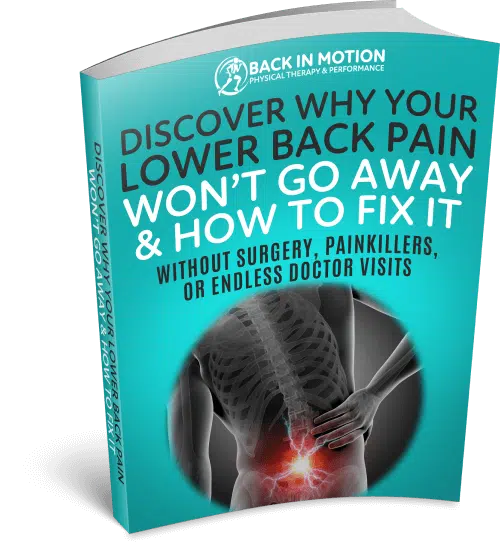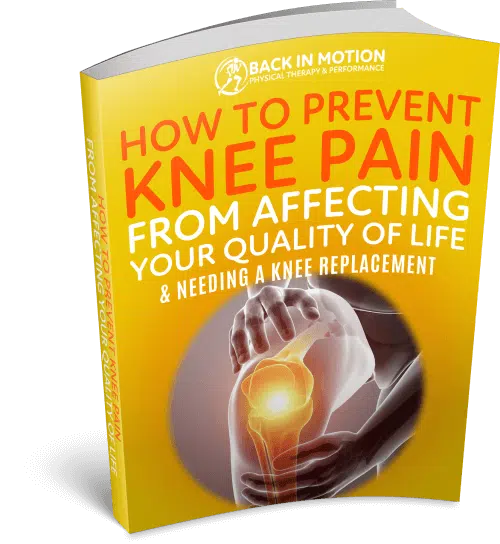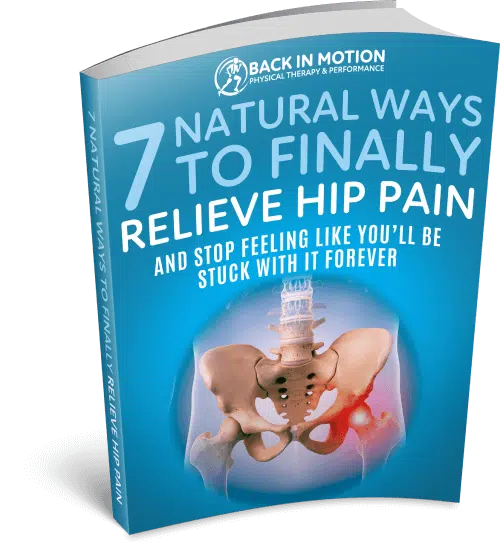Why Your Neck Pain Won’t Go Away (And How to Fix It for Good)
Neck pain is a pervasive issue affecting millions, and if you’ve been dealing with it chronically, you might feel frustrated and unsure of what’s causing it. One often-overlooked culprit is cervical spine hypermobility, which arises when certain segments of your neck move too much to compensate for areas that are overly stiff.
This imbalance is particularly pronounced in individuals with forward head posture, where the head sits ahead of the shoulders instead of being aligned over the spine. It’s a postural issue that many of us develop due to long hours at desks, poor ergonomics, or excessive device use.
But why does this happen, and how does it set off a cascade of problems throughout your upper body? Let’s dive into the mechanics and find out how to fix this issue for good.
The Impact of Forward Head Posture (FHP)
What Happens to Your Neck?
Forward head posture occurs when the head is displaced forward, causing a chain reaction of dysfunction throughout the cervical spine. Instead of your head being evenly balanced atop your spine, the weight shifts forward, placing excessive strain on the cervical muscles and joints.
- Sub-Cranial Stiffness
The sub-cranial spine, which includes the atlas (C1) and axis (C2), is meant to allow for smooth head and neck movements. However, with FHP, these structures become locked into a stiff forward position, reducing their ability to move naturally. This stiffness often results in headaches and a sensation of tightness at the base of the skull.
- Hypermobility in the Mid-Cervical Spine
As the upper cervical region stiffens, the mid-cervical spine (notably C2/C3 and C5/C6) is forced to pick up the slack. These segments become hypermobile, meaning they move excessively to compensate for the restricted movement elsewhere. Over time, this can lead to joint instability, muscle strain, and increased wear and tear on the discs.

The Ripple Effect on the Thoracic Spine and Ribs
How Stiffness in the Upper Thoracic Spine Exacerbates Neck Pain
The thoracic spine and rib cage are integral to maintaining proper posture and supporting neck movement. When the upper thoracic region becomes stiff—often due to prolonged sitting or poor posture—it restricts overall spinal mobility, which forces the cervical spine to work harder.
The thoracic spine and rib cage are integral to maintaining proper posture and supporting neck movement. When the upper thoracic region becomes stiff—often due to prolonged sitting or poor posture—it restricts overall spinal mobility, which forces the cervical spine to work harder.
- Compensatory Hypermobility
The stiffness in the upper thoracic region (T1-T4) and ribs limits your ability to rotate or extend your upper back. To make up for this lack of mobility, the neck moves excessively, perpetuating the hypermobility and instability in the cervical segments.

- Impact on Breathing Mechanics
The rigidity in the upper ribs also impacts breathing. Shallow, chest-based breathing further strains the neck muscles, particularly the scalenes and upper trapezius, which contributes to persistent neck discomfort.
Breaking the Cycle of Pain and Dysfunction
While neck pain caused by hypermobility and postural imbalances can be frustrating, it’s not a life sentence. With a strategic approach that addresses the root causes, you can achieve long-term relief. Here’s how:
1. Postural Awareness and Correction
Learning to recognize and correct forward head posture is the first step. Use these tips to realign your head and neck:
- Sit with your ears aligned over your shoulders.
- Adjust screens to eye level to reduce forward leaning.
- Practice chin tucks to gently stretch and align the cervical spine.

Untitled design (47)
Here is an example of not great postural awareness.
2. Strengthening the Deep Neck Flexors
The deep cervical flexors are small muscles that help stabilize your neck. Weakness in these muscles contributes to hypermobility in the mid-cervical spine. Incorporate exercises such as the “head nod” or “chin tuck with resistance” to build strength.
3. Restoring Thoracic Mobility
Releasing stiffness in the upper thoracic spine and ribs is essential for reducing the compensatory strain on your neck. Try these mobility exercises:
- Thoracic extensions over a foam roller.
- Cat-cow stretches to promote spinal movement.
- Open-book stretches to improve rotational mobility.

4. Manual Therapy for Targeted Relief
A physical therapist can use manual therapy techniques to address stiffness in the sub-cranial and thoracic regions. By releasing tight joints and tissues, your neck can return to more balanced movement patterns.
5. Breathwork and Relaxation
Improving breathing mechanics through diaphragmatic breathing exercises can help relax overactive neck muscles and reduce tension.
When to Seek Professional Help
If you’ve tried these strategies but still struggle with neck pain, it might be time to consult a physical therapist. A professional can perform a comprehensive assessment to identify specific areas of stiffness and hypermobility, then create a customized plan to address your unique needs.

Conclusion
Neck pain can feel like an unrelenting cycle, but understanding the root cause—often a combination of stiffness and hypermobility—can provide clarity and a path to recovery. By addressing forward head posture, restoring thoracic mobility, and strengthening the neck’s stabilizing muscles, you can regain control and move toward a pain-free life.
For those ready to take the next step, we’re here to help. Whether it’s through targeted physical therapy, personalized fitness plans, or guided exercises, our team at Back in Motion in Fort Myers can help you find relief and restore balance. Our neck pain treatment fort myers is ready to help you.
Call us today to schedule your consultation and start feeling better now!









